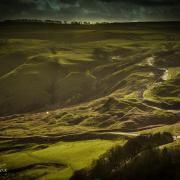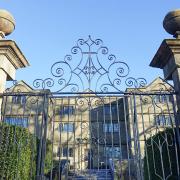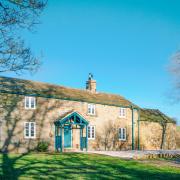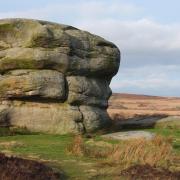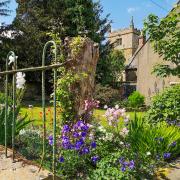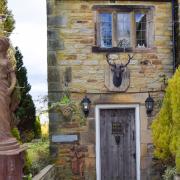South Derbyshire is home to a whole host of inviting, picturesque villages from tranquil Findern, attractive Aston-on-Trent, peaceful Egginton, canal-hugging Shardlow and Willington and historic Ticknall.
And the small hamlet of Swarkestone is another which sits perfectly within this idyllic South Derbyshire landscape. It may be small, but it packs a punch and makes a lovely stop off point, perhaps as a gateway to the larger neighbouring village of Chellaston.
Situated six miles south of Derby and set on the banks of the River Trent, Swarkestone is, of course, most famous for its unique and historically-significant bridge.
Swarkestone Bridge and Causeway, at three quarters of a mile in length, is the longest stone bridge in England and rightly enjoys Grade I listed status as a Scheduled Ancient Monument.
Still used today, it was once an integral crossing point over the River Trent and it was here in 1745 that Bonnie Prince Charlie made their furthest venture southwards before turning back to the north.
Yet the village has much more to offer aside from its famous landmark. Sumptuous architecture can be found in abundance, including quintessentially English cottages, as well as the small-yet-characterful St James Church which, on close inspection, reveals superb carvings.
The church, along with the village, is closely associated with Sir Richard Harpur, one of Queen Elizabeth I’s judges in the Tudor era, and his influence can be easily found here – including at the Crewe and Harpur pub (which doubles up as accommodation), which bears his name and is found to the northern point of Swarkestone Bridge on the A514.

Explore:
The former Swarkestone Hall (residence of the aforementioned Sir Richard Harpur) may have been demolished in the 18th century, but its 17th century gate pillars and pavilion (or Grandstand) remain.
The latter, with its distinctive twin domed towers, are believed to date to the early-to-mid 1600s and are now in the care of the Landmark Trust, which acquired it in 1985 after a period of neglect.
Its original purpose is the matter of some debate, with suggestions ranging from the gentle pursuit of bowling all the way to jousting.
Beautiful to look at, the pavilion will also be of particular interest to fans of the Rolling Stones, who used this backdrop as a photoshoot in 1968 for their album Beggar’s Banquet.
From time to time, the Landmark Trust provides free open days for visitors to learn about the pavilion’s history and restoration and any upcoming events will be promoted at visitsouthderbyshire.co.uk/event/swarkestone.

The local scene:
As with many small Derbyshire villages, a sense of community is very much on display in Swarkestone.
Swarkestone Nursery is an independent, family-run garden centre which also benefits from an on-site restaurant which is utilised by locals to get together and chat over a cup of tea and cake.
South of the river, Swarkestone Sailing Club is a valuable community hub, as is Swarkestone Cricket Club, who are the current Derbyshire County Cricket League Premier Division champions and aim to ‘provide a friendly family atmosphere in which everyone is welcome... and to continually improve facilities and opportunities for all to improve the standards of cricket at Swarkestone.’
At a local level, administration of the village is provided by Swarkestone Parish Council.
READ MORE: 10 places to visit in South Derbyshire








